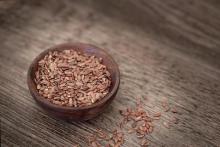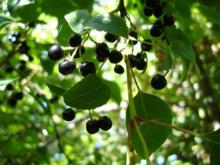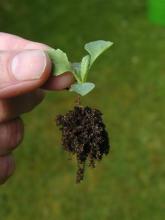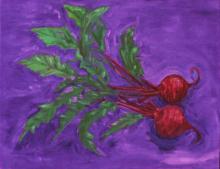Mother Earth's Medicine Cabinet: 7 Medicinal Uses For Gotu Kola
Gotu Kola: a small plant with big healing potential.
Gotu Kola (Centella asiatica) has been considered a cure-all for thousands of years. It is considered to be an herb of longevity in Traditional Chinese Medicine and Ayurvedic medicine with good reason. This slender, tiny herb is packed full of some truly amazing health and healing benefits.










